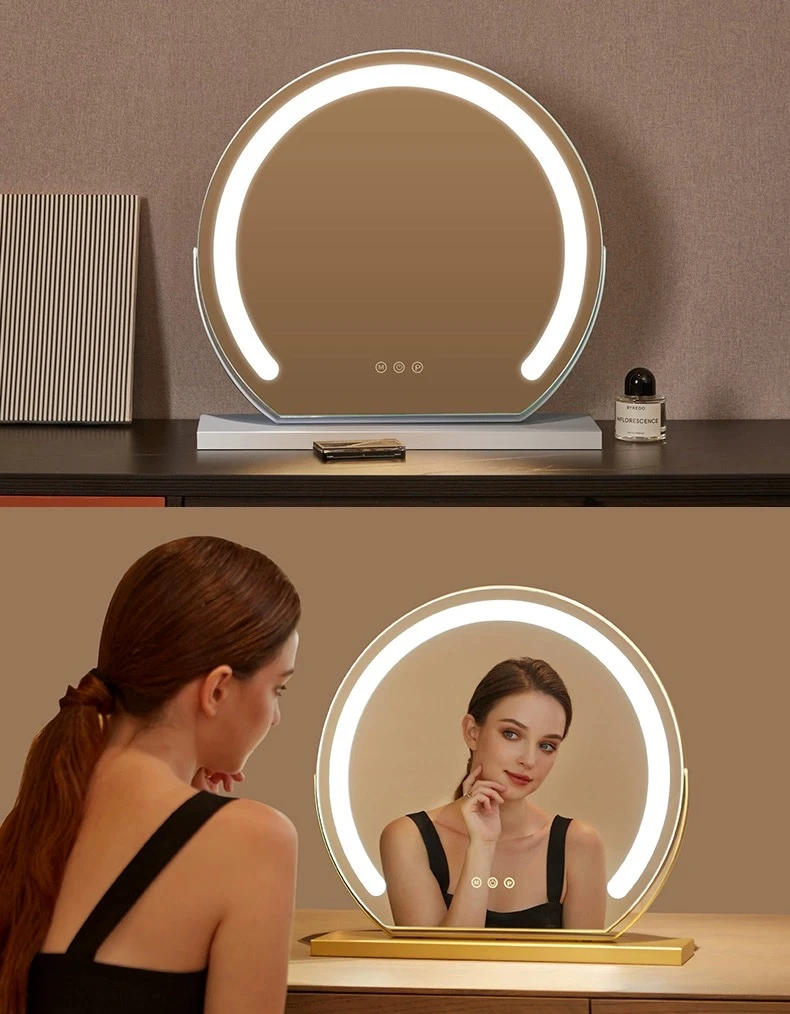

Understanding Tinted Float Glass A Versatile Architectural Choice
Tinted float glass has become a popular choice in modern architecture and interior design due to its unique aesthetic and functional benefits. This type of glass is produced by adding metal oxides during the manufacturing process, resulting in a glass that exhibits varying degrees of color and light absorption. The tint can range from subtle shades to more pronounced colors, allowing architects and designers to select options that best suit their vision.
One of the primary advantages of tinted float glass is its ability to reduce glare and control solar heat gain. In buildings with large windows or facades, excessive sunlight can lead to discomfort for occupants and increased energy costs associated with cooling. Tinted glass helps mitigate these issues by absorbing or reflecting a portion of the sun's rays, maintaining a more stable indoor temperature. This energy efficiency not only enhances occupant comfort but also contributes to sustainability efforts by reducing reliance on air conditioning systems.
Moreover, tinted float glass provides enhanced privacy without sacrificing natural light. Ideal for residential and commercial spaces alike, tinted glass can obscure views from the outside while allowing occupants to enjoy daylight. This is particularly beneficial in urban environments, where close proximity to neighboring buildings often compromises privacy. The range of tint options available ensures that architects can achieve the desired level of obscurity while complementing the overall design.

Aesthetically, tinted float glass adds a distinctive flair to buildings. The subtle hues can create a modern and sophisticated look, making it a favored choice for contemporary architecture. Whether used in facades, skylights, or interior partitions, tinted glass can transform the visual appeal of a space. Additionally, it can be utilized to harmonize with the surrounding environment, enhancing the building's integration into its locale.
Furthermore, tinted float glass is not just limited to aesthetic and functional benefits. It also offers durability and safety. The manufacturing process ensures that the glass maintains structural integrity, making it suitable for various applications, including storefronts, office buildings, and residential homes. Some tinted options also come with added features such as UV protection, further safeguarding interiors from fading and deterioration.
In conclusion, tinted float glass is a versatile and valuable choice in modern design. Its ability to improve energy efficiency, enhance privacy, and elevate aesthetic appeal makes it an ideal selection for architects and designers looking to create functional and beautiful spaces. With its myriad benefits, tinted float glass continues to play a crucial role in the evolution of architectural design.